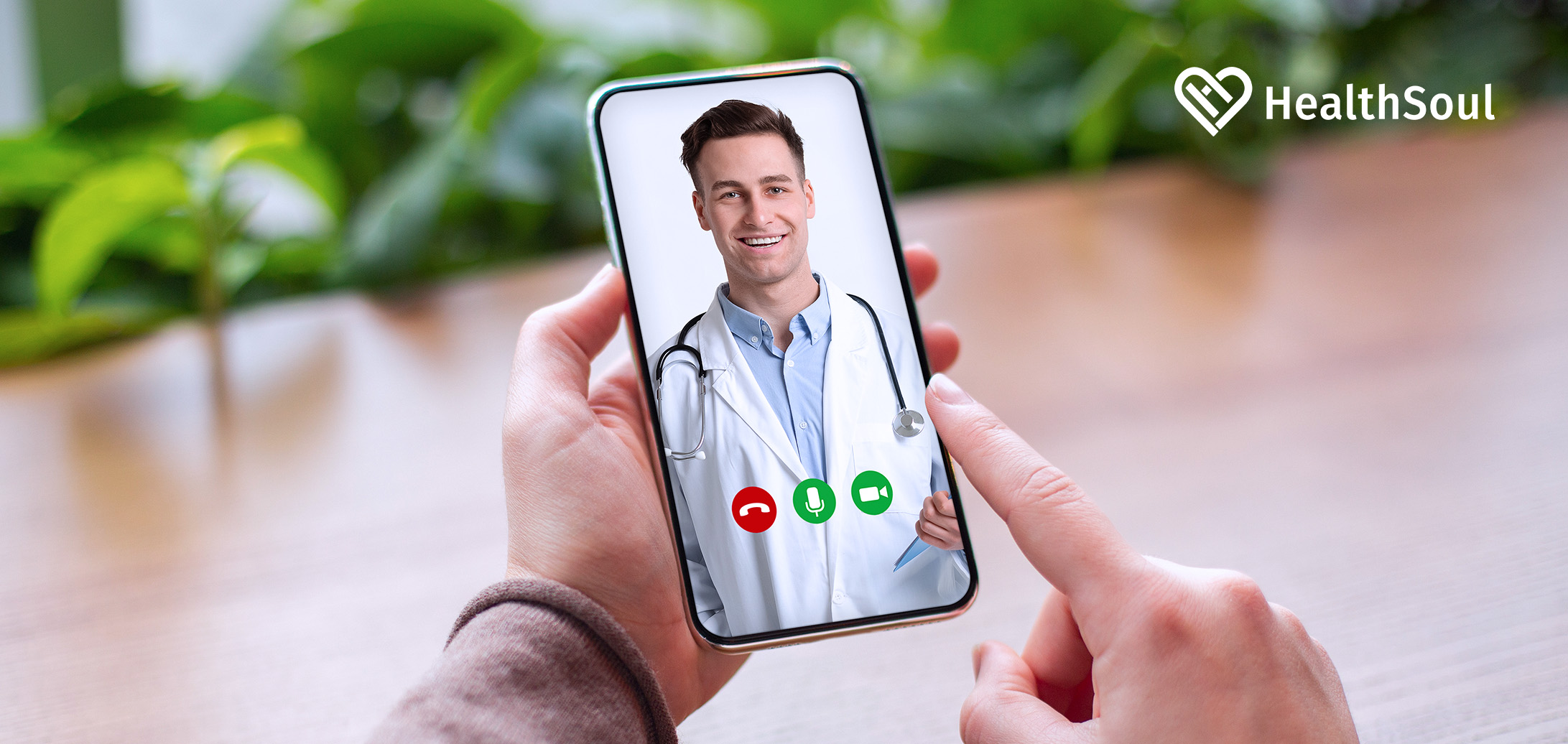Making Remote Telehealth More Accessible to Underprivileged Communities

As a nation, widespread access to healthcare is a problem that has remained stagnant for decades. Though some advances have been made, the obstacle of making sure that everyone has access to consistent and reliable healthcare has posed itself as a force to be reckoned with.
Thankfully, new technologies and new ways of thinking about the way healthcare is given and received have begun to present a solution to the problem. Telehealth is changing the way that people receive healthcare through the utilization of technology that many people already have access to. Through telehealth, more people can have access to the medical services they need to stay healthy.
Though most have access to computers and smartphones, some in underprivileged communities are not so fortunate. This being the case, it’s important to find a solution to this problem — and by doing so — increase access to healthcare to a wider array of people in need.
What Is Telehealth?
Before one can understand why it is important to spread telehealth resources to underprivileged communities, one must understand what telehealth is and the impact that it can have.
Put simply, telehealth is a form of healthcare that is given and received through the use of technological devices — such as smartphones, tablets, and computers. This means that one does not have to be in the same geographical location as one’s healthcare provider to receive treatment.
Examples of this include having a video call with one’s doctor or getting medication instructions from a pharmacist through text message. As one can see, the field of telehealth makes healthcare easier for people to receive treatment because they avoid a commute, save time, and have easier access to medical professionals.
Social Factors Affecting Healthcare Access
In healthcare, studies have found that six key social factors affect one’s experience of healthcare services. These factors include:
- Income and class
- Region
- Legal status
- Race
- Gender and Sexual Orientation
- Disability
These six factors can affect both the healthcare access that one has, along with one’s overall health. Though these factors have been found to affect one’s access to traditional healthcare services, telehealth services may be a way to better serve those who fall into these categories.
What Are the Barriers to Telehealth in Underprivileged Communities?
The problem of access to healthcare in underprivileged communities has been around for centuries. However, in today’s increasingly digital and technologically-driven world, access to telehealth has become a problem as well.
In the same way that individuals in underprivileged communities may not be able to afford health insurance or a commute to a medical facility, they also may not be able to afford the technological devices that make telehealth possible.
In addition to not having access to technological resources and devices — such as consistent internet connections and computers — those living in underprivileged communities may also be unaware of telehealth and the positive effects that it can have on their lives. By being unaware of telehealth, many individuals may believe that investing in technological resources isn’t worth the cost.
A Solution to the Problem
Though several significant barriers keep individuals in underprivileged communities from having access to telehealth services, there are viable solutions that can help solve the problem. Understanding these solutions is the first step to enacting real-world change that has an impact on people’s lives.
One powerful force that can help spread telehealth services to those living in underprivileged communities is the practice of community engagement by healthcare organizations. In community engagement, healthcare organizations extend their reach past their traditional roles to take a more holistic approach that aims to increase the health outcomes of communities.
They do this by focusing acutely on determinants of health — such as income level and geographic location — and make a concerted effort to provide a deeper form of healthcare to those who need it. By making telehealth an important part of community engagement efforts, healthcare organizations can help provide individuals living in underprivileged communities with access to technological resources that make it possible for them to receive telehealth services.
Another key arena that can help spread telehealth services to underprivileged communities is that of health policy. Health policy has a drastic effect on how individuals experience and receive healthcare treatment, and creating health policies that spread access to telehealth can have a positive impact on underprivileged communities.
In the same way that some policies and initiatives aim to help individuals from underprivileged communities get healthcare, health policies could also shape the way that resources are spread to underprivileged communities for telehealth. By creating policies that ensure that each underprivileged community has access to the internet and digital devices, these health policies could help ensure that these individuals receive consistent healthcare services.
Changing the Way We View Healthcare
Telehealth services are quickly becoming perceived as a viable healthcare option. For those living in underprivileged communities, access to telehealth-related resources could have a drastic impact on one’s health. By spreading more access to telehealth resources in underprivileged communities, significant headway can be made in regards to the problem of a lack of access to healthcare resources. The more widespread that telehealth services become, the easier it will be for those in underprivileged communities to receive the healthcare that they need and deserve.

